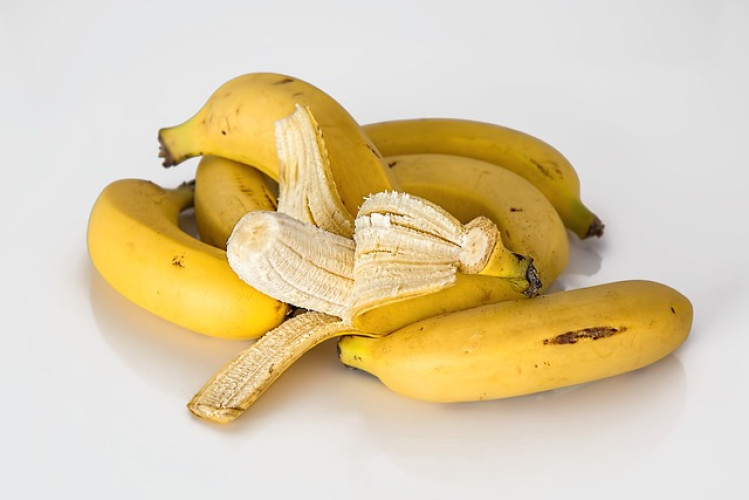News
18.07.2023 - Foods

Bananas in Focus: Pesticide Contamination of the Popular Fruit Variety (Mainly Fungicides)
In the CVUA Stuttgart, banana samples from conventional and organic farming were tested in spring 2023. In particular, fungicides such as azoxystrobin and thiabendazole were detected in high concentrations.
Due to the trend of utilizing whole bananas, one question for the CVUAs was whether the banana peel can be eaten without concern. Therefore, the bananas were analyzed for pesticide residues, separating peel and pulp.
For conventionally grown bananas, significantly higher average residue levels were found in the peel than in the pulp. Overall, the conventionally grown bananas without peel still showed significantly higher pesticide levels than organic bananas (with peel).
In no case were the maximum residue levels for bananas from Regulation (EC) No. 396/2005 exceeded. This also applies to the higher residue levels found in the peel.
In principle, the peel of a banana is edible and makes up about 30% of the fruit. Unlike the pulp, the banana peel has a higher fiber, calcium, and magnesium content. However, those who want to avoid pesticide residues as much as possible are advised to eat only the peel of organic bananas.
In our Tentamus laboratories, we regularly conduct pesticide testing. A screening method is used to test for over 700 substances. We provide you with quick and reliable results. Our customer advisors are very happy to assist you with any questions.
Sources:
- https://www.ua-bw.de/pub/beitrag.asp?subid=1&Thema_ID=5&ID=3808&lang=DE&Pdf=No
- http://publications.europa.eu/resource/cellar/a7d9f369-eaa7-11ed-a05c-01aa75ed71a1.0009.03/DOC_1
- https://utopia.de/ratgeber/bananenschale-essen-so-kannst-du-sie-zubereiten/
- https://www.ua-bw.de/pub/default.asp?subid=1&Lang=DE
